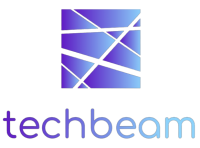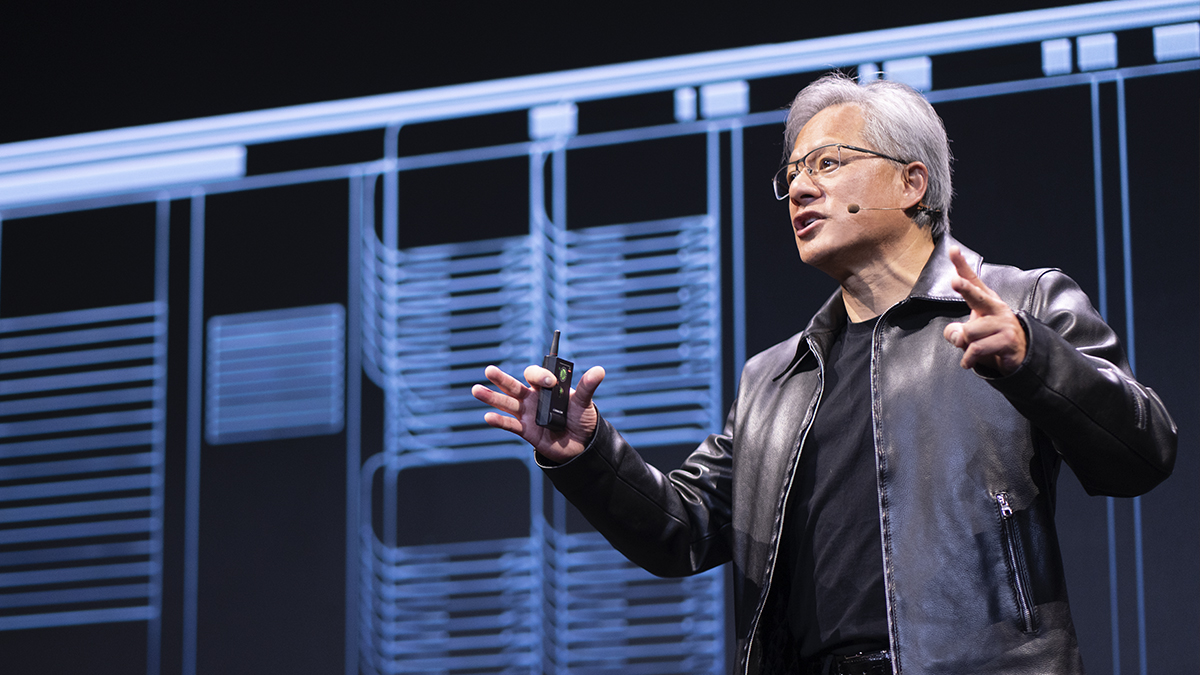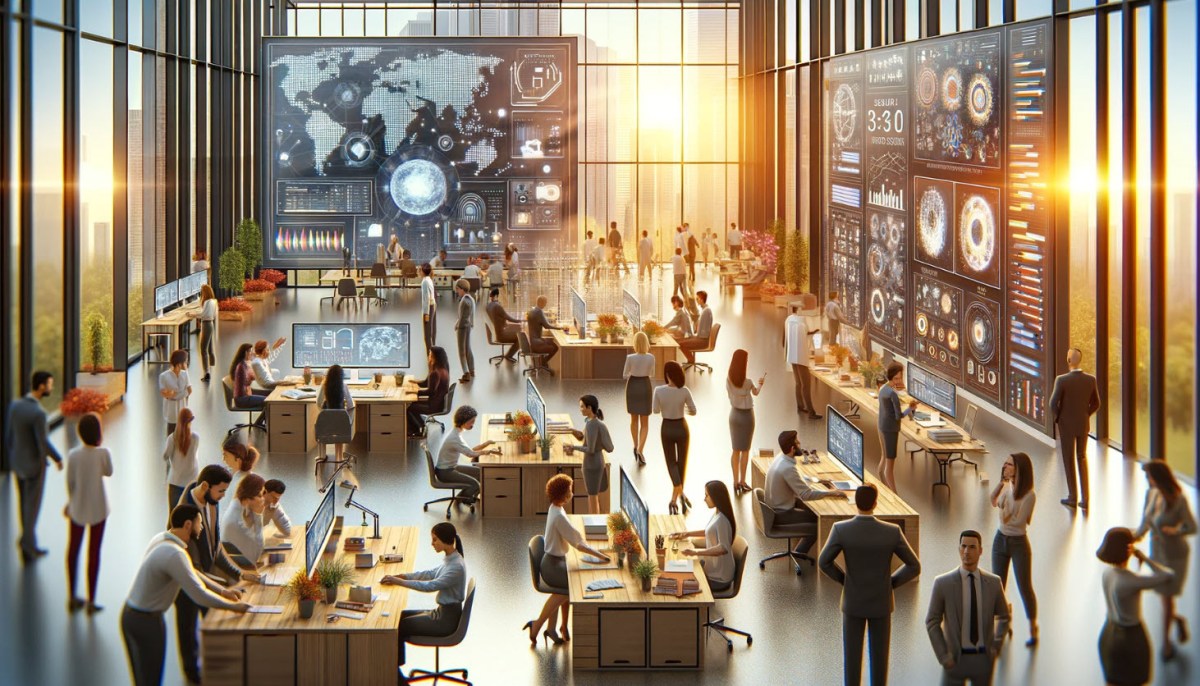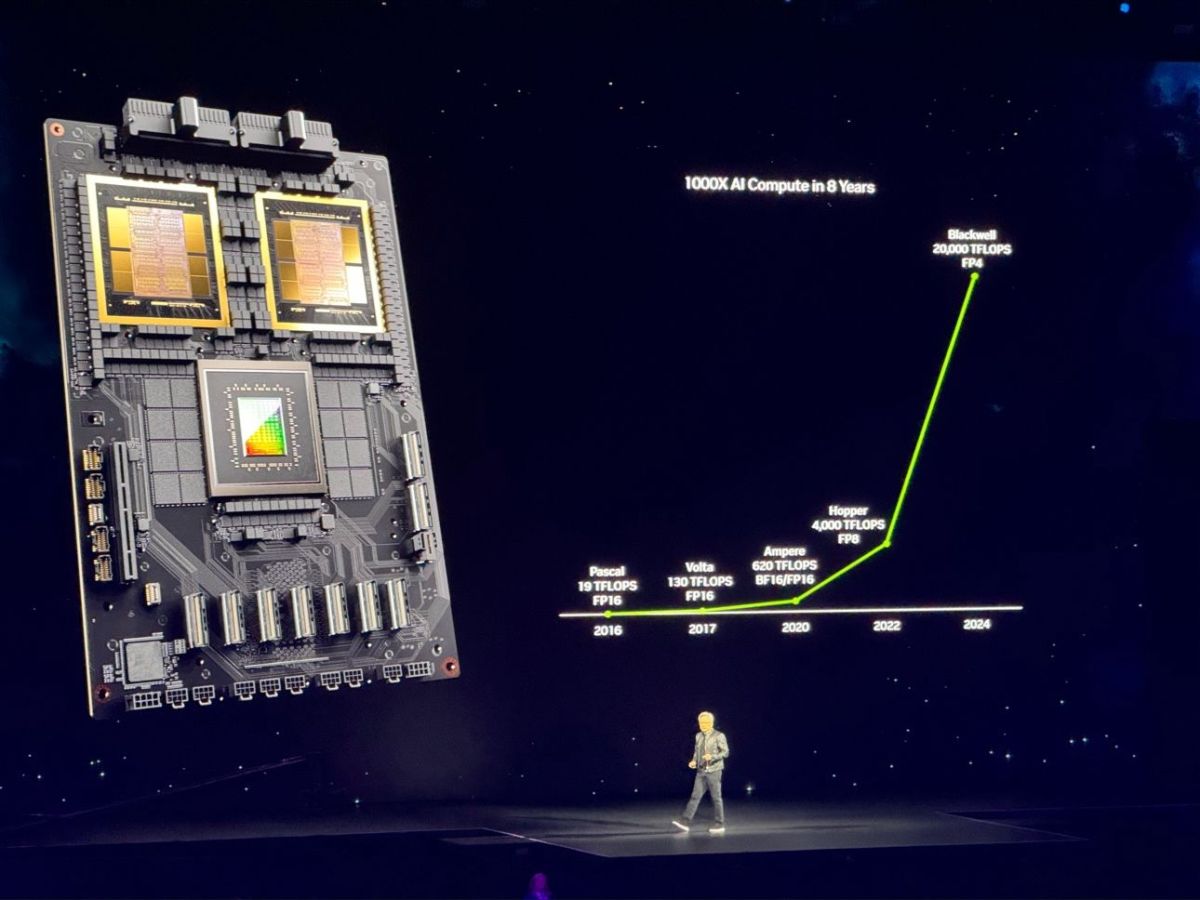VentureBeat is proud to present AI Unleashed, an exclusive executive event catered towards enterprise data leaders. This event aims to provide a platform for networking and learning among industry peers. It seems that public attitudes towards AI, particularly in the workplace, are surprisingly positive. In a recent survey conducted by Microsoft, 70% of the 31,000 respondents expressed their desire to delegate as much work as possible to AI in order to alleviate their current workload. Microsoft itself acknowledges the potential of AI, stating that it can revolutionize the way we work. However, there is still uncertainty surrounding the future of the workplace and the role AI will play. While AI has the capacity to enhance productivity and avoid mass job displacement, the question remains whether it will ultimately replace human workers. The Conference Board conducted a survey that revealed a majority of workers are already utilizing generative AI in their jobs. This includes tasks such as AI writing assistance, intelligent search, data analysis, and image creation. According to Gartner analyst Mary Mesaglio, by 2025, generative AI will be a workforce partner for 90% of companies worldwide. This evolving relationship between humans and AI may be temporary, as recent advancements indicate the potential for AI to become autonomous agents that can replace office workers. The implications of such a development would be vast and deeply impactful. In order to assess the capabilities of large language models (LLMs) to perform complex tasks, effort has been put into benchmarking their performance. Solving these tasks would require LLMs to handle diverse inputs and explore potential solutions independently. However, the results thus far indicate that AI engines currently lack the capability to be highly effective autonomous agents. They continue to serve as assistants, augmenting human employees rather than fully replacing them. Nonetheless, the rapid advancement of language models suggests that this capability could change in the future. Organizations like OpenAI are racing to release the next generation of LLMs that are expected to be more powerful. The near future seems to indicate that AI will increasingly play a role in the workplace, offloading and augmenting human work. In this scenario, humans will coordinate multiple AI assistants to achieve business goals. To illustrate the practical impact of AI in the workplace, one board member of a non-profit organization leveraged AI tools to assist in launching a new book. AI was used to provide a concise synopsis of the book, craft a compelling pitch and outreach for reporters, and identify relevant journalists using an AI-powered search tool. This significantly expedited the process, reducing what would have taken manual work days to just a couple of hours. This experience highlights the potential of AI to augment human productivity and emphasizes the need for humans to effectively orchestrate AI assistants in the workplace. However, as AI assistants become increasingly autonomous, the role of the human conductor remains uncertain. The potential for autonomous agents to reshape the workforce brings both opportunities for efficiency and innovation as well as challenges related to job displacement, ethics, and education. It is unknown whether the AI-infused workplace will be utopian, dystopian, or a combination of both. It is crucial for businesses, policymakers, regulators, and society to navigate these changes thoughtfully and responsibly. The impacts of AI are impending, and institutions must plan efficiently to react accordingly. Embracing change, continuous learning, and adaptability will be key for individuals to maximize the benefits and minimize the challenges of the AI-infused workplace. By cultivating curiosity and staying open-minded, we can harness the advantages of AI while minimizing potential downsides.

I’m a highly experienced and respected author in the field of cryptocurrency. I have been writing about Bitcoin, Ethereum, Litecoin and other digital currencies for over 5 years which is widely regarded as one of the most knowledgeable and reliable sources of information in this area.








